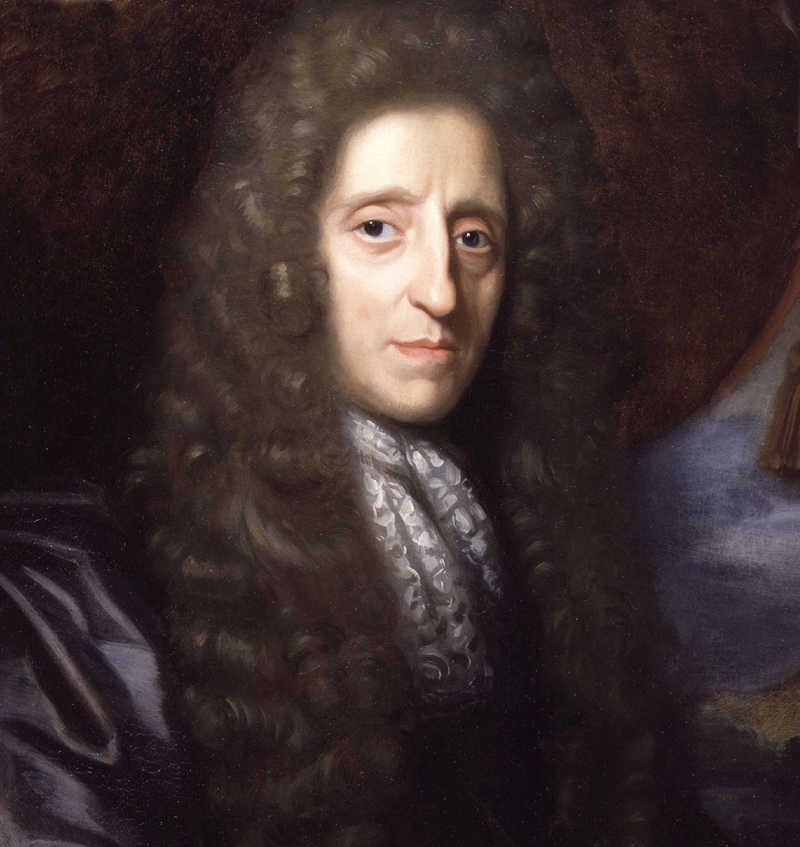Galenic Corpus
In Galenism, four bodily humors (blood, yellow bile, black bile, and phlegm) were made up of mixtures of the four elements (air, fire, earth, water) and shared in their basic qualities (warm and humid, warm and dry, cold and dry, cold and humid). The 'temperaments,' or proportions and mixtures of the humors, dictated individual temperaments, in the sense of 'characters' (respectively the sanguine, choleric, melancholic, and phlegmatic).
Physiology thus elucidated someone’s personality and aptitudes as well as soul-body interactions in general. According to Galen, as the blood passed through various organs, it was transformed into increasingly subtle and thin fluids, or 'spirits.' It first became a 'natural spirit,' responsible for nutrition and growth. After combining with air in the lungs, it passed into the heart, where a portion was transformed into the 'vital spirit' on which motor and life-sustaining functions depended. The final refinement took place in the cerebral ventricles, with the formation of the 'animal spirits,' thus called because they sustained the sensitive and intellectual functions of the anima or soul. The qualities of these spirits, such as their temperature, humidity, or density, depended on those of the humors and determined in turn those of the mind. If a person’s blood was too cold, the animal spirits would also be cold, and the mental acts that relied on them would lack 'heat'” and be correspondingly weak and slow. Thus, it was not the brain and nerves but the humors via the animal spirits that held body and soul firmly together."
One of the treatises published by Galen on this subject is explicitly named Quod Animi Mores Corporis Temperatura Sequantur, or That the Traits of the Soul Follow the Temperaments of the Body, in English.
"[...] Soul was therefore responsible for the basic functions, faculties, or powers of living beings, known as nutritive or vegetative, perceptive or sensible, appetitive or desiderative, motor or locomotive, and rational or intellective (Michael 2000). Sometimes these faculties were attributed to different souls, and their possession defined a hierarchy: Human beings had all of them, nonhuman animals lacked a rational soul, and plants had only a vegetative soul. Yet all were “animals,” or ensouled bodies. That is why the word psychology, in use by 1590, originally designated the science of all living beings (Vidal 2011)".

See "The World, the Flesh, and the Devil" at Google books

Learn more about John Locke at "britannica.com"
Learn more about Galen in Owsei Temkin's article, cited by Vidal and Ortega. You can purchase the article at the link below:
https://psychclassics.yorku.ca/Aristotle/De-anima/de-anima1.htm
.You can download the full text Ebook of '"Passions of The Soul" at the link below. Obtained from: thevirtuallibrary.org
Locke, John. 1690. “Second Treatise of Government.” In Two Treatises of Government, edited by Peter...You can also read this article by J. Trevor Hughes, published at Nature in 1988:
nullnull


































































0 comments
Sign in or create a free account